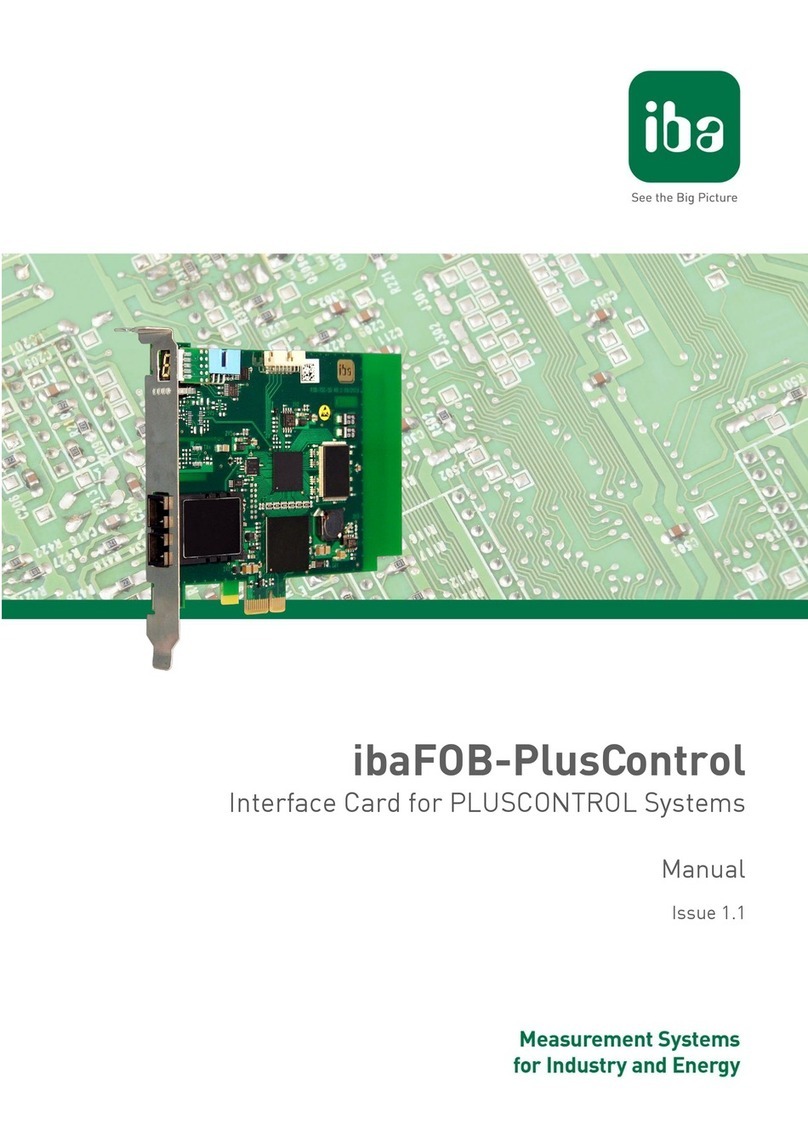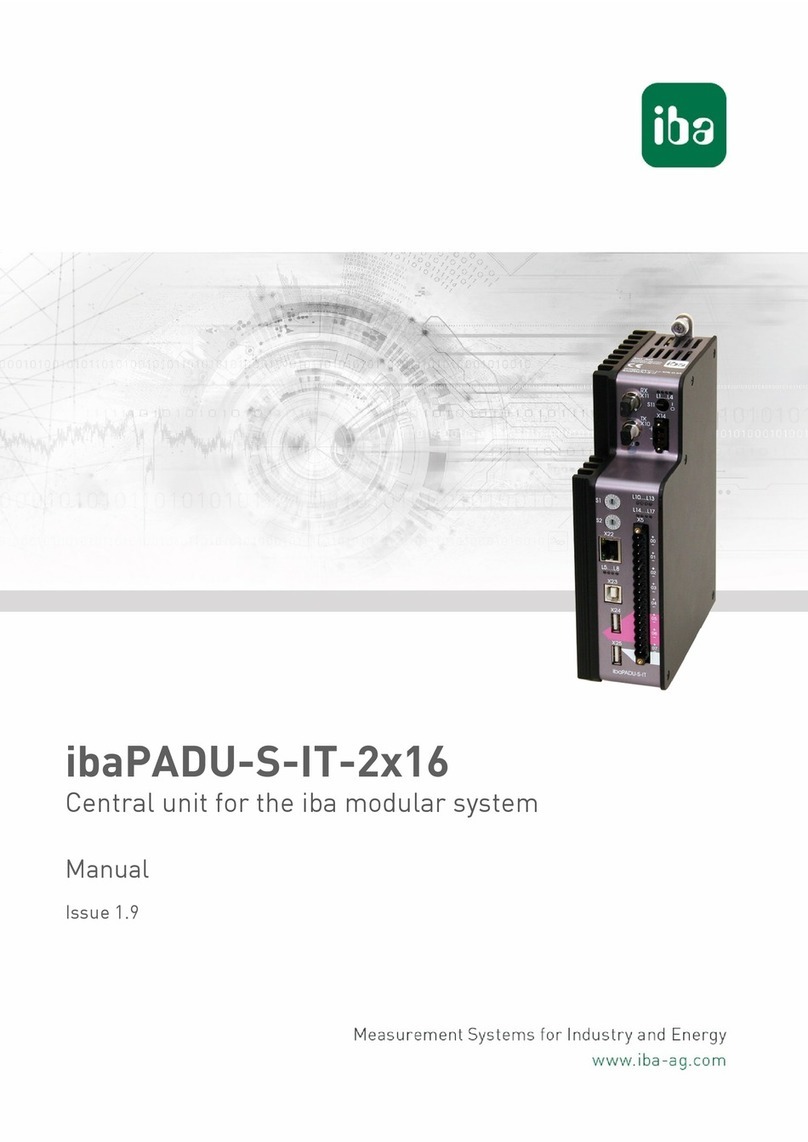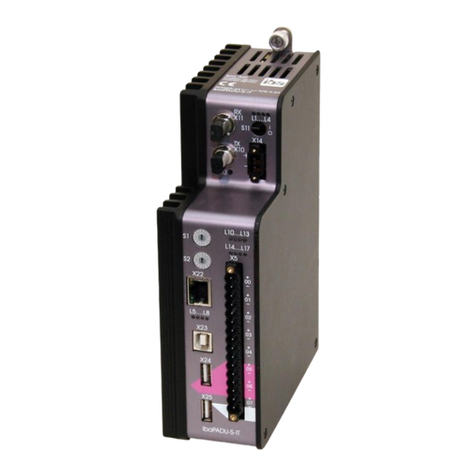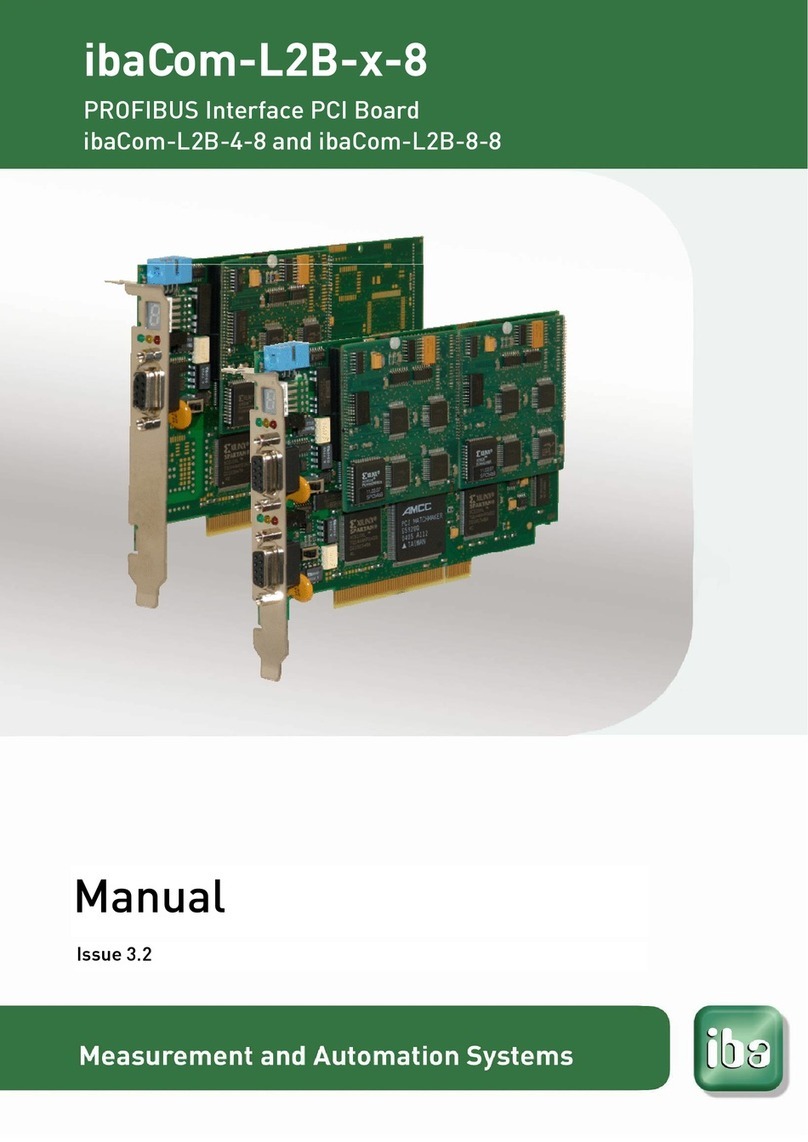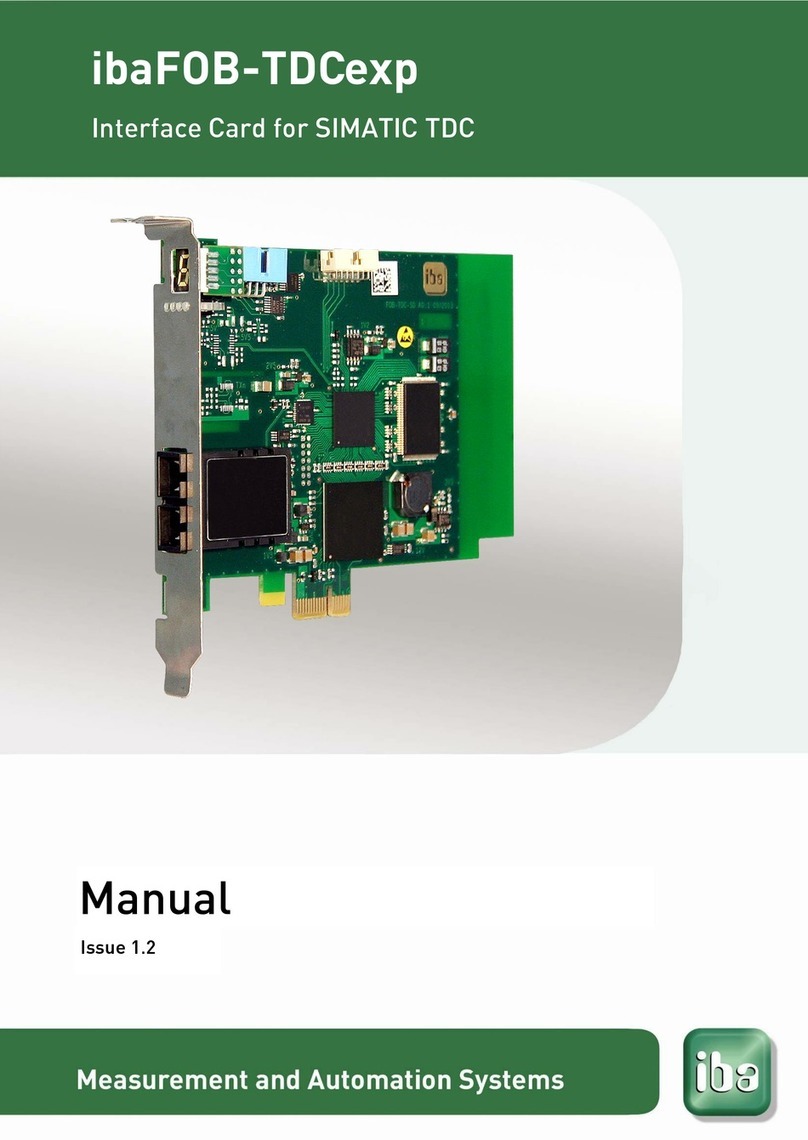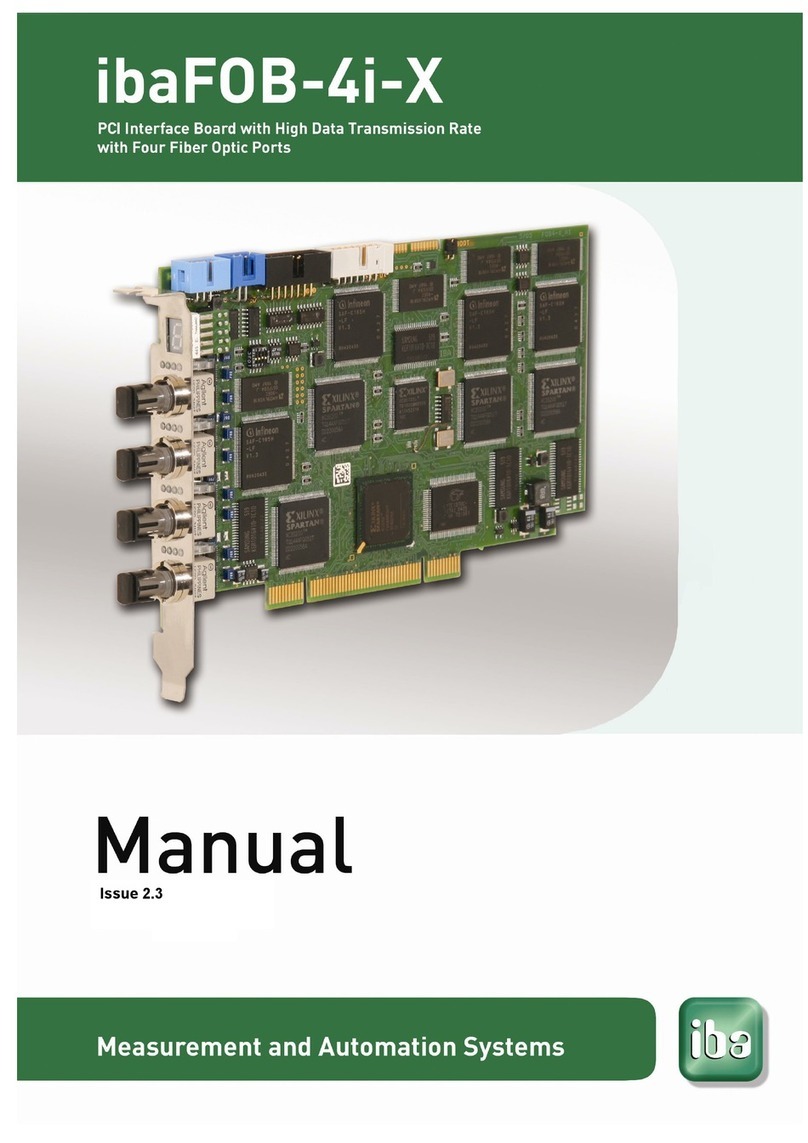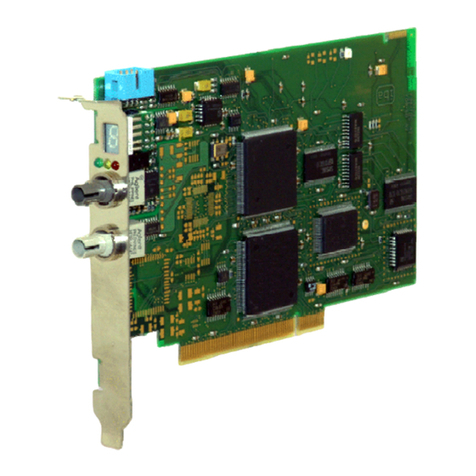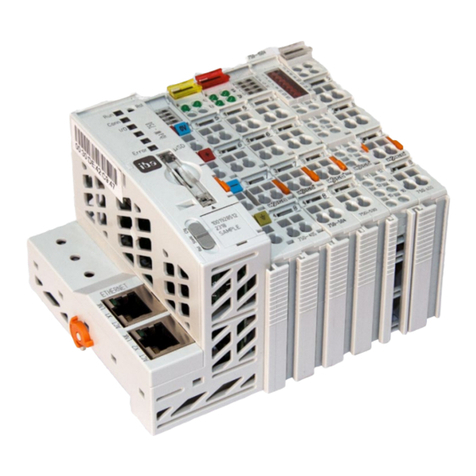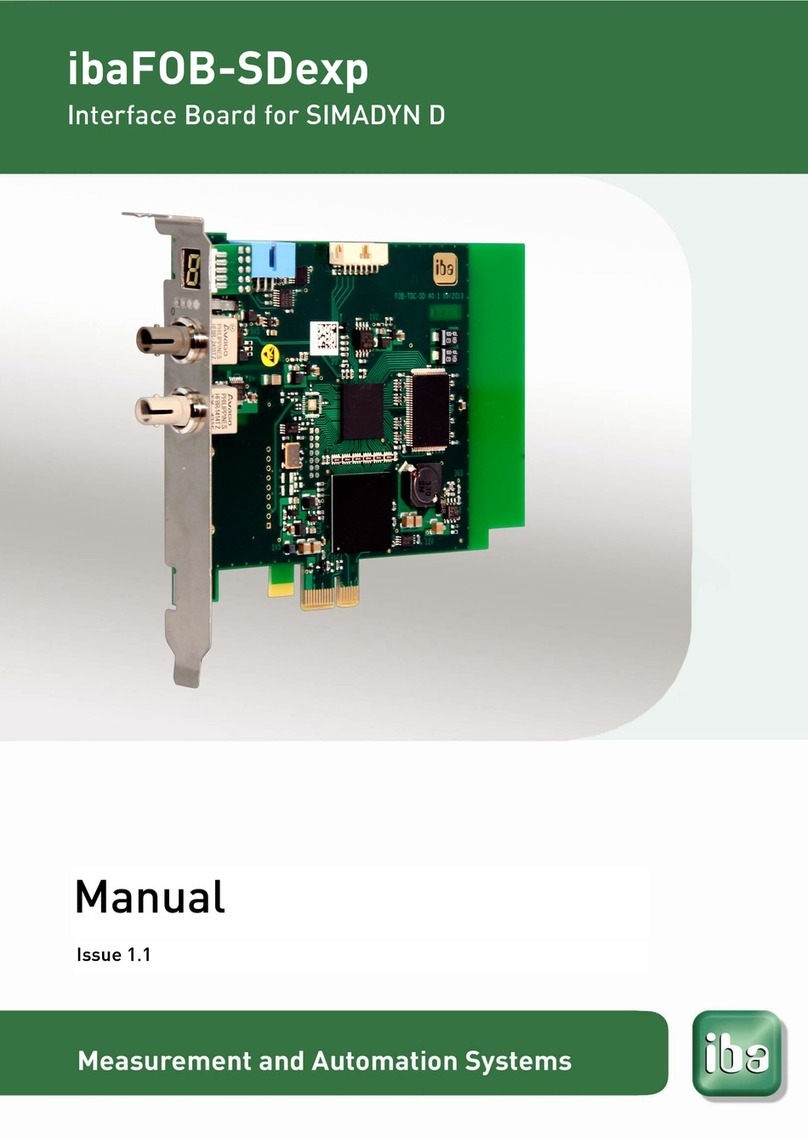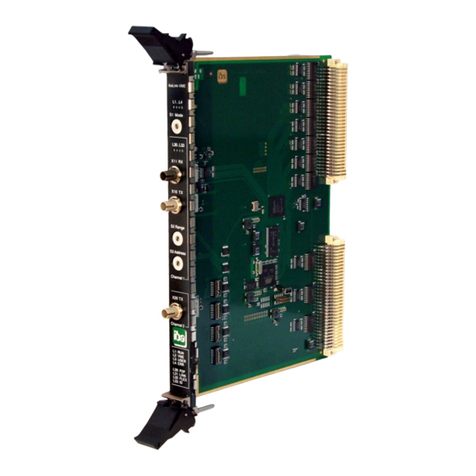
Table of contents
1About this manual ...........................................................................................5
1.1 Target group.................................................................................................. 9
1.2 Notations....................................................................................................... 9
1.3 Used symbols.............................................................................................. 10
2Safety and other advices .............................................................................. 11
2.1 Intended application .................................................................................... 11
2.2 Conventional installation ............................................................................. 11
2.3 Special safety advices................................................................................. 11
3Scope of delivery...........................................................................................12
4System requirements....................................................................................13
4.1 Hardware .................................................................................................... 13
4.2 Software...................................................................................................... 13
5Device description ........................................................................................14
5.1 General application ..................................................................................... 14
5.2 Device properties ........................................................................................ 14
5.3 Modes of operation...................................................................................... 15
5.4 Extension modules...................................................................................... 16
5.5 Front view ................................................................................................... 17
5.6 Additional board connectors........................................................................ 17
5.7Status display of fiber optic inputs ............................................................... 19
5.8 7-segment display ....................................................................................... 19
5.9 Debug LED ................................................................................................. 20
5.10 Status display on outputs (extension modules)............................................ 20
6Mounting and dismounting ..........................................................................21
6.1 Safety advices............................................................................................. 21
6.2 Mounting ..................................................................................................... 21
6.3 Dismounting ................................................................................................ 22
6.4 Connecting an ibaFOB-4o-D module........................................................... 22
7Driver installation..........................................................................................24
8Configuration in ibaPDA...............................................................................26
8.1 Configuration of the board........................................................................... 26
8.1.1 Board view – “Configuration” tab ................................................................. 26
8.1.2 Board view – “Info” tab ................................................................................ 27
8.1.3 Link view – 32 Mbit...................................................................................... 29
8.1.4 Link view – 3/2Mbit...................................................................................... 31
8.1.5 Link view – 5Mbit......................................................................................... 33
8.1.6 Link view – 32Mbit Flex ............................................................................... 34
8.2 Configuration of output modules.................................................................. 40
8.2.1 Introduction ................................................................................................. 40
8.2.2 Configuration............................................................................................... 41
8.2.3 Systems in 3Mbit mode ............................................................................... 42
8.2.4 Systems with 32Mbit Flex mode.................................................................. 43

